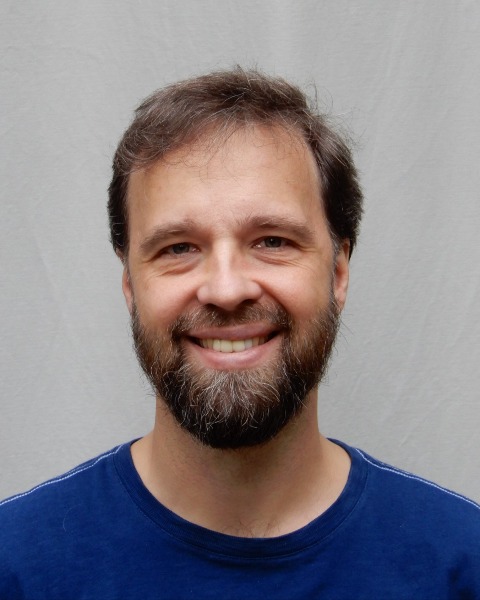English
Track 1/Volet 1
(CS1.5) Preserving the Beauharnois power station, back to the future
Saturday, November 16, 2024
2:50 PM - 3:10 PM EST
- CA
Claude Arsenault, ing
Ingénieur en structure
Hydro-Québec, Canada 
Benoit Fortin, Ing.
Ingénieur en structure
Hydro-Québec, Canada
Ulisses Munarim, PhD (he/him/his)
Professional Staff
ERA Architects, Canada
Speaker(s)
Session Chair(s)
Built in 3 phases from 1929 to 1961, the Beauharnois power station is one of the world's largest hydroelectric plants, with 36 turbine-generator units stretching over a length of almost a kilometer. In 1990, the power station was designated a national historic site by the Historic Sites and Monuments Board of Canada for its exceptional heritage value and the role it played in the industrial history of the 20th century. Affected by the alkali-aggregate reaction (AGR), the power station's concrete swells irreversibly from year to year, causing irreversible displacements and a multitude of disorders to the power station's various structural and architectural elements. Since the first signs of damage appeared, Hydro-Québec has been busy intervening to maintain the plant's functions. More recently, it was decided to assess the viability of maintaining the plant in operation for at least the next 50 years, given that the problems associated with the AGR will continue to evolve from year to year. To this end, a finite element model, innovative in that it incorporates a behavioral law for concrete affected by AGR, was developed to predict structural displacements up to 2070. The model was validated using historical data available from a range of instruments installed on the structure (inverted pendulums, joint variator indicators, etc.). The results of this model are used to gain a better understanding of the plant's long-term behavior, and to continue the work begun by our predecessors with a view to its long-term future. This represents a real paradigm shift in the way we approach the plant's problems, moving from a reactive to a predictive mode, with the aim of optimizing the interventions made on this infrastructure. We will explore the damage caused by AGR, as well as some of the interventions that have been put in place to ensure the plant's safety for years to come. These include an adjustable steel structure to ensure the functionality of the drawbridge, cuts to uncouple certain sections of the powerhouse, and seismic reinforcements on the unarmed solid masonry heritage facade. Finally, we'll look at how Hydro-Québec is currently developing an asset monitoring program using new technologies (lasergrammetry, drone, etc.).
Learning Objectives:
- Use a digital model to predict the future behavior of a structure.
- Consider the alkali-aggregate reaction (AGR) in an asset tracking program.
- Use new technologies as part of an asset tracking program.
- Implement corrective intervention methods on structures.

.jpg)
.jpg)


